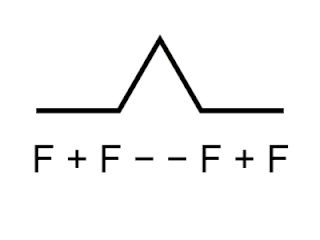
Logo is an educational programming language, designed in 1967 by Wally Feurzeig, Seymour Papert, and Cynthia Solomon. Logo is not an acronym: the name was coined by Feurzeig while he was at Bolt, Beranek and Newman, and derives from the Greek logos, meaning word or thought.

FreeDOS is a free software operating system for IBM PC compatible computers. It intends to provide a complete MS-DOS-compatible environment for running legacy software and supporting embedded systems.
Video game modding is the process of alteration by players or fans of one or more aspects of a video game, such as how it looks or behaves, and is a sub-discipline of general modding. Mods may range from small changes and tweaks to complete overhauls, and can extend the replay value and interest of the game.
A programming game is a video game that incorporates elements of computer programming, enabling the player to direct otherwise autonomous units within the game to follow commands in a domain-specific programming language, often represented as a visual language to simplify the programming metaphor. Programming games broadly fall into two areas: single-player games where the programming elements either make up part of or the whole of a puzzle game, and multiplayer games where the player's automated program is pitted against other players' programs.

Cheat Engine (CE) is a proprietary, source available freeware memory scanner/debugger created by Eric Heijnen for the Windows operating system. Cheat Engine is mostly used for cheating in computer games and is sometimes modified and recompiled to support new games. It searches for values input by the user with a wide variety of options that allow the user to find and sort through the computer's memory. Cheat Engine can also create standalone trainers that can operate independently of Cheat Engine, often found on user forums or at the request of another user.

Garry's Mod is a 2006 sandbox game developed by Facepunch Studios and published by Valve. The base game mode of Garry's Mod has no set objectives and provides the player with a world in which to freely manipulate objects. Other game modes, notably Trouble in Terrorist Town and Prop Hunt, are created by other developers as mods and are installed separately, by means such as the Steam Workshop. Garry's Mod was created by Garry Newman as a mod for Valve's Source game engine and released in December 2004, before being expanded into a standalone release that was published by Valve in November 2006. Ports of the original Windows version for Mac OS X and Linux followed in September 2010 and June 2013, respectively. As of September 2021, Garry's Mod has sold more than 20 million copies.

Minecraft is a sandbox video game developed by Mojang. The game was created by Markus "Notch" Persson in the Java programming language. Following several early private testing versions, it was first made public in May 2009 before fully releasing in November 2011, with Notch stepping down and Jens "Jeb" Bergensten taking over development. Minecraft has since been ported to several other platforms and is the best-selling video game of all time, with over 238 million copies sold and nearly 140 million monthly active users as of 2021.

FortressCraft is a video game by British indie developer Projector Games, released on Xbox Live Indie Games on April 8, 2011. FortressCraft cites Minecraft, Infiniminer and Dwarf Fortress as direct inspirations for the design aspect of the game. The game utilizes textured voxels to simulate landscapes, traditionally reminiscent of other titles in the genre.
Terraria is an action-adventure, construction and management simulation and sandbox game developed by Re-Logic. The game was first released for Windows on May 16, 2011, and has since been ported to several other platforms. The game features exploration, crafting, building, painting, and combat with a variety of creatures in a procedurally generated 2D world. Terraria received generally positive reviews, with praise given to its sandbox elements. The game is one of the best-selling of all time, having sold over 44 million copies by 2022.
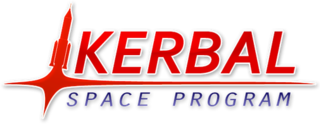
Kerbal Space Program (KSP) is a space flight simulation video game developed by Mexican developer Squad for Microsoft Windows, macOS, Linux, PlayStation 4, and Xbox One. In the game, players direct a nascent space program, staffed and crewed by green humanoid aliens known as "Kerbals". The game features a realistic orbital physics engine, allowing for various real-life orbital maneuvers such as Hohmann transfer orbits and orbital rendezvous.
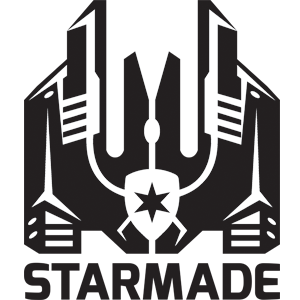
StarMade is an effectively infinite open-universe space simulation sandbox game in development by Schine for Windows, macOS, and Linux. StarMade is currently in alpha and is free to play, during alpha.
Overwolf is a software platform designed to help developers create extensions for video games, which are then offered to users through Overwolf's App Store. The platform was created by Overwolf Ltd., and extensions are often focused on providing in-game services that would normally require a user to exit the game, such as the use of a web browser or an IM client. Other extensions provide game-specific features that can remind users about certain in-game events, easing the game experience. The platform has gained traction in competitive video games, such as esports and MMORPGs, where native extensions are often forbidden due to concerns about cheating. Overwolf extensions sidestep this concern, since they do not interact with the game engine; they operate exclusively on the overlay created by the main Overwolf program.
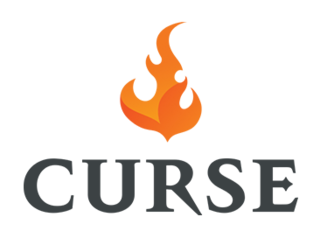
Curse is a network of gaming websites. The company is headquartered in Huntsville, Alabama, and has offices in San Francisco, New York City, Los Angeles, Brighton, and Berlin.
A Minecraft mod is an independent, user-made modification to the Mojang video game Minecraft. Tens of thousands of these mods exist, and users can download them from the internet commonly for free. Utilizing additional software, several mods are typically able to be used at the same time in order to enhance gameplay.

SethBling is an American video game commentator and Twitch video game live streamer known for YouTube videos focused around the 1990 side-scrolling platform video game Super Mario World and the 2011 sandbox video game Minecraft. He created original and derivative video games, devices and phenomena in Minecraft, without using Minecraft mods. He created an interpreter for the programming language BASIC and an emulator for the 1977 home video game console Atari 2600 in Minecraft. In addition to Minecraft builds that run without mods, he created plugins for the game.

Minetest is a free and open-source sandbox video game and game creation system with focus on voxel graphics. It is written primarily in C++ and makes use of the Irrlicht Engine. Minetest provides an API for users to write their own games and mods written in Lua. It is cross-platform, being available for Linux-based systems, FreeBSD, Microsoft Windows, MacOS, and Android.

Nathan Adams, also known as Dinnerbone, is a British-Swedish video game programmer best known for his work at Mojang Studios, and specifically his contributions to the game Minecraft.
WorldEdit is an editing tool for the 2011 Mojang sandbox video game Minecraft, developed by software group EngineHub. It was released worldwide on 28 September 2010 as a plugin for the hMod modification. It has since been ported as a Bukkit plugin and as a mod for the Fabric and Forge mod loaders. With almost 26 million downloads from Curseforge as of February 2022, it is the most popular Bukkit plugin of all time, and is also one of the most popular Fabric/Forge mods available. Having been released just over a month after Minecraft's multiplayer update, WorldEdit is also one of the oldest server-side plugins. The WorldEdit project, initially started by sk89q, is currently run by Me4502.
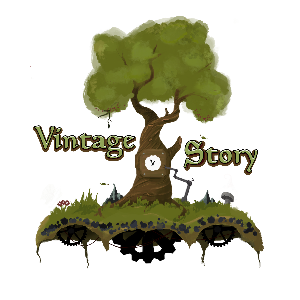
Vintage Story is a sandbox survival game developed and published by Anego Studios. The founders of Anego Studios, Tyron and Irena Madlener, began development on a standalone version of an earlier mod for Minecraft called Vintagecraft. An old version of the game is available for free download. The game is in early access and can be played in singleplayer or multiplayer modes.

Inscryption is a roguelike deck-building game developed by Daniel Mullins Games and published by Devolver Digital. Inscryption was released for Microsoft Windows on October 19, 2021.It was released on Linux and MacOS on June 22, 2022. Versions for PlayStation 4 and PlayStation 5 are in development.
















